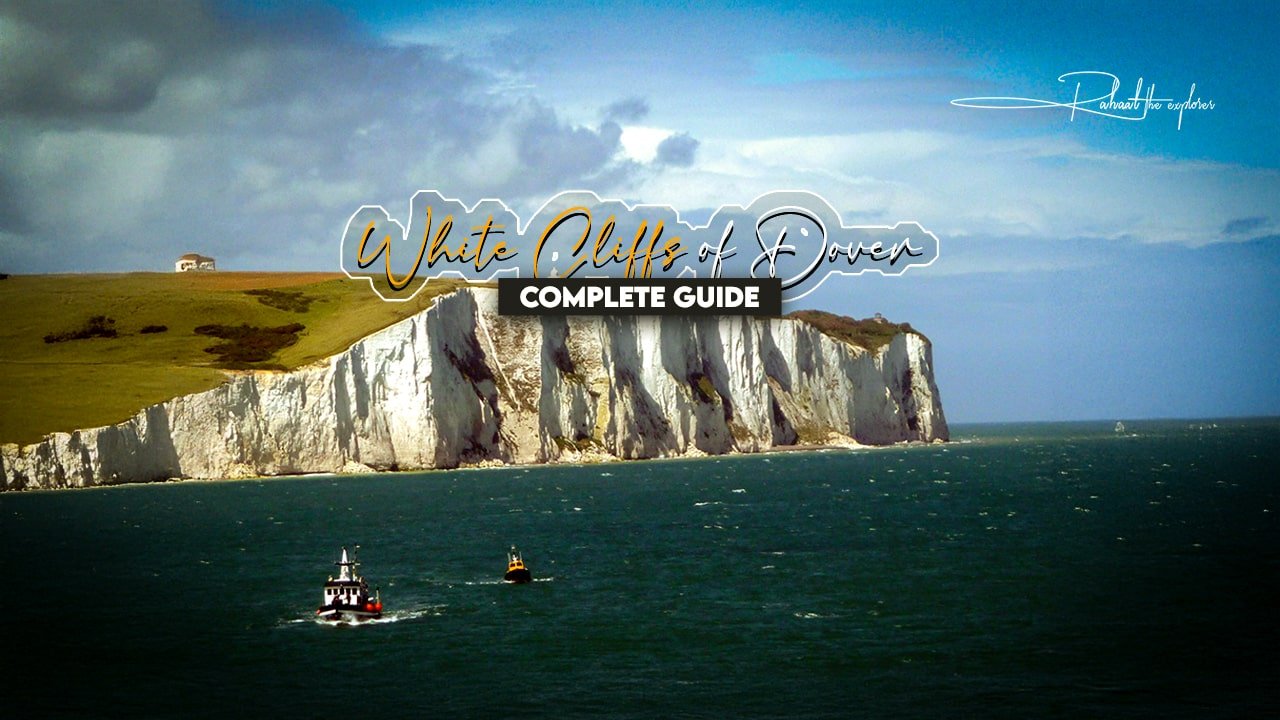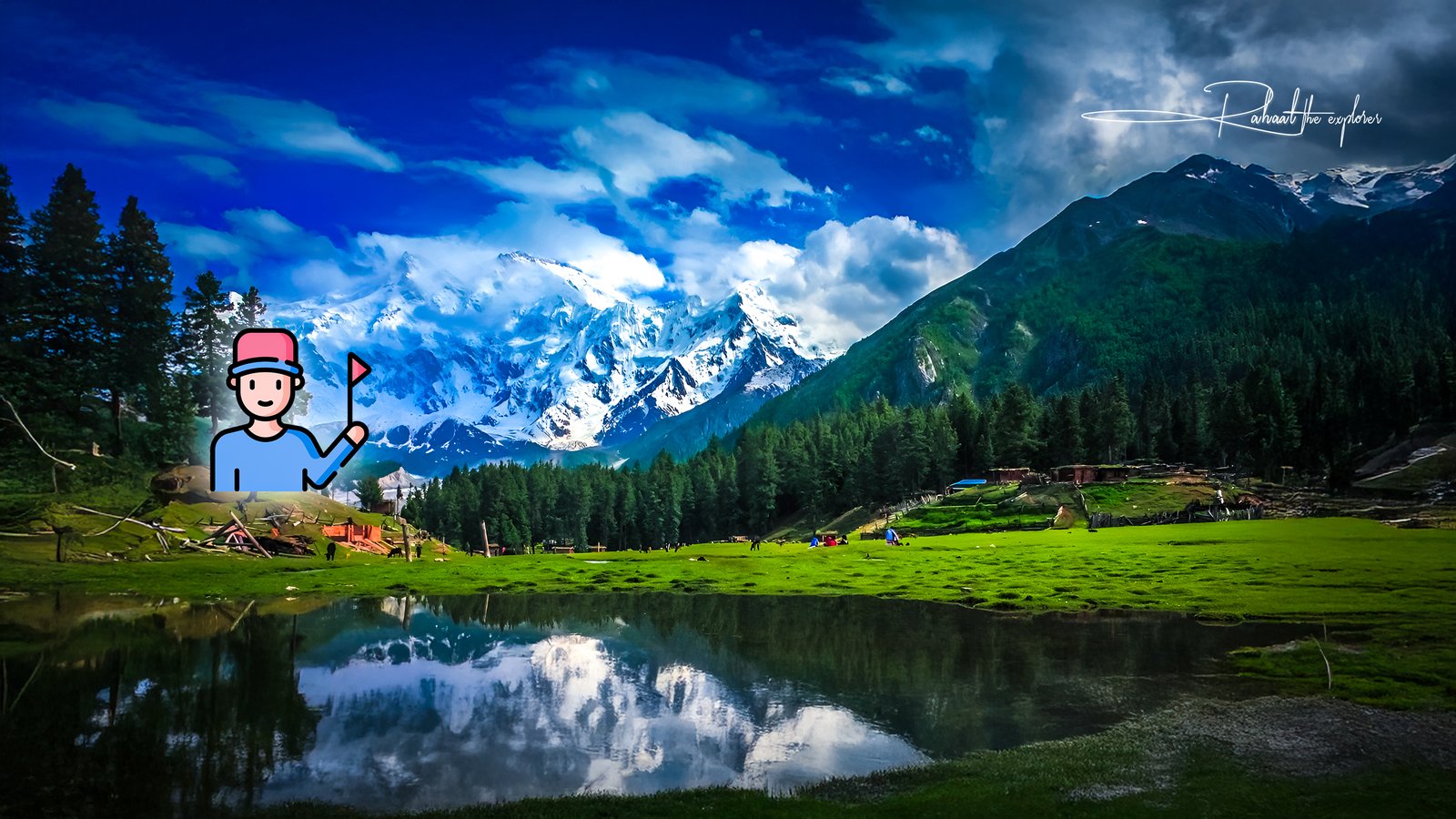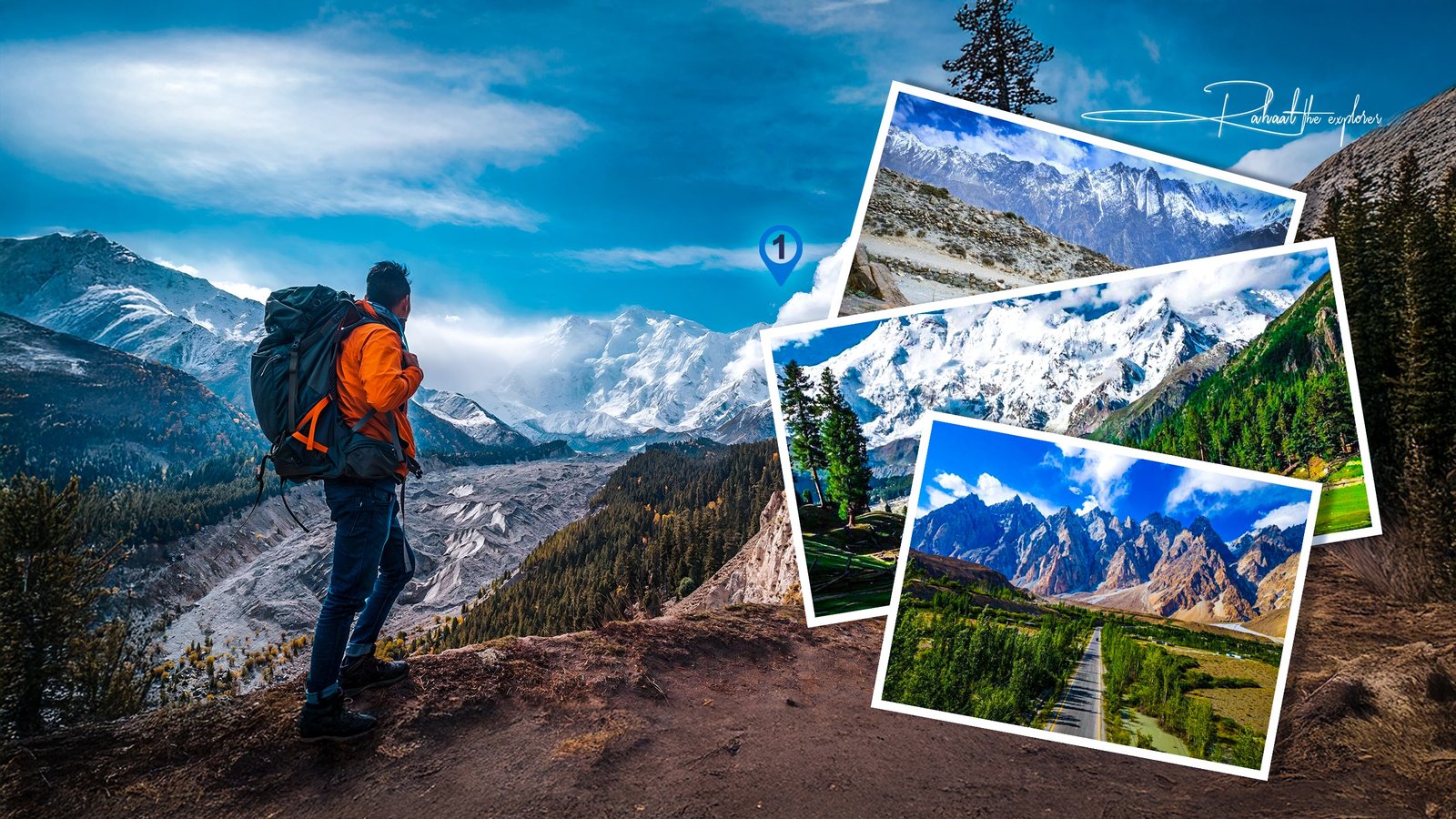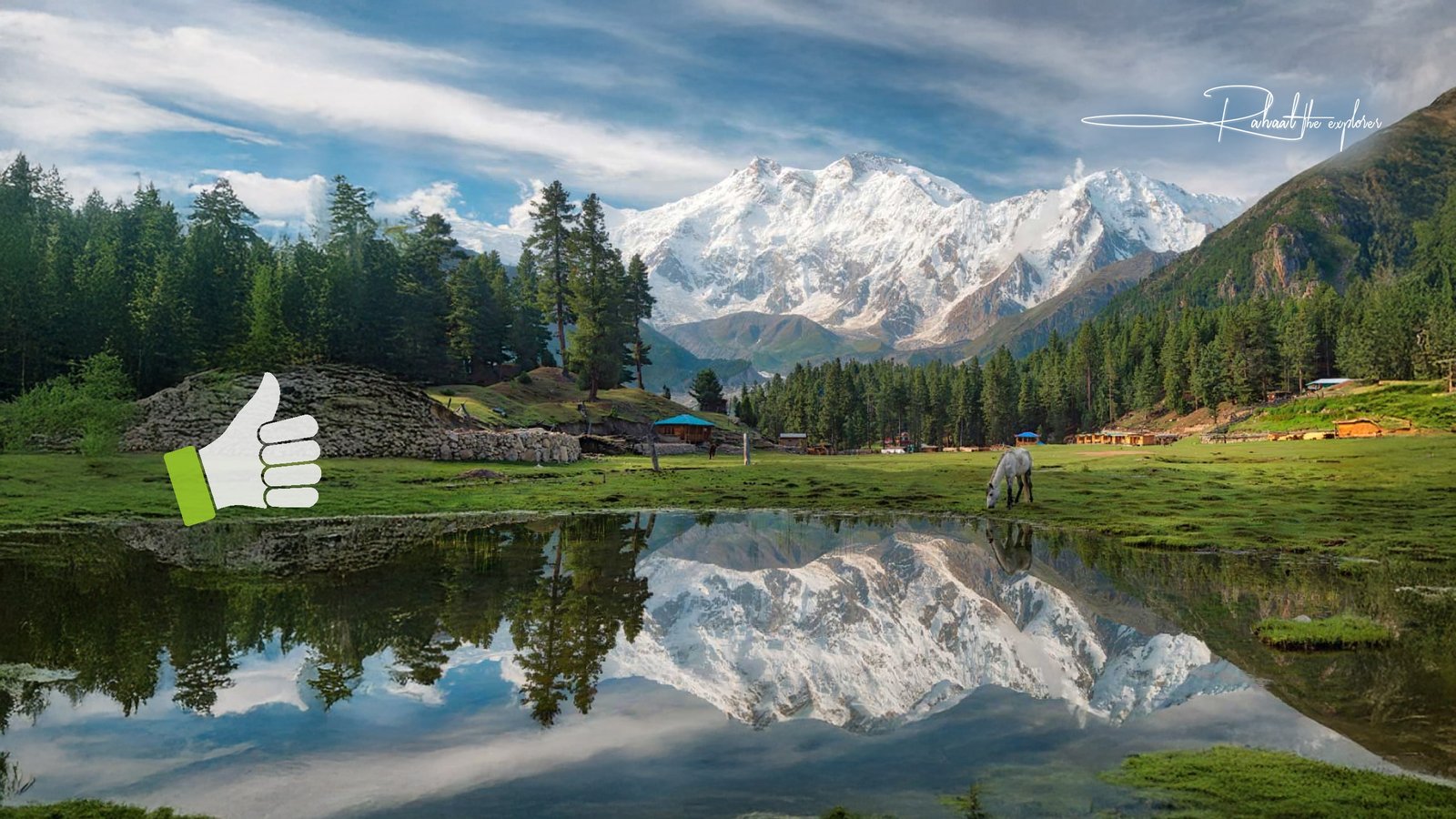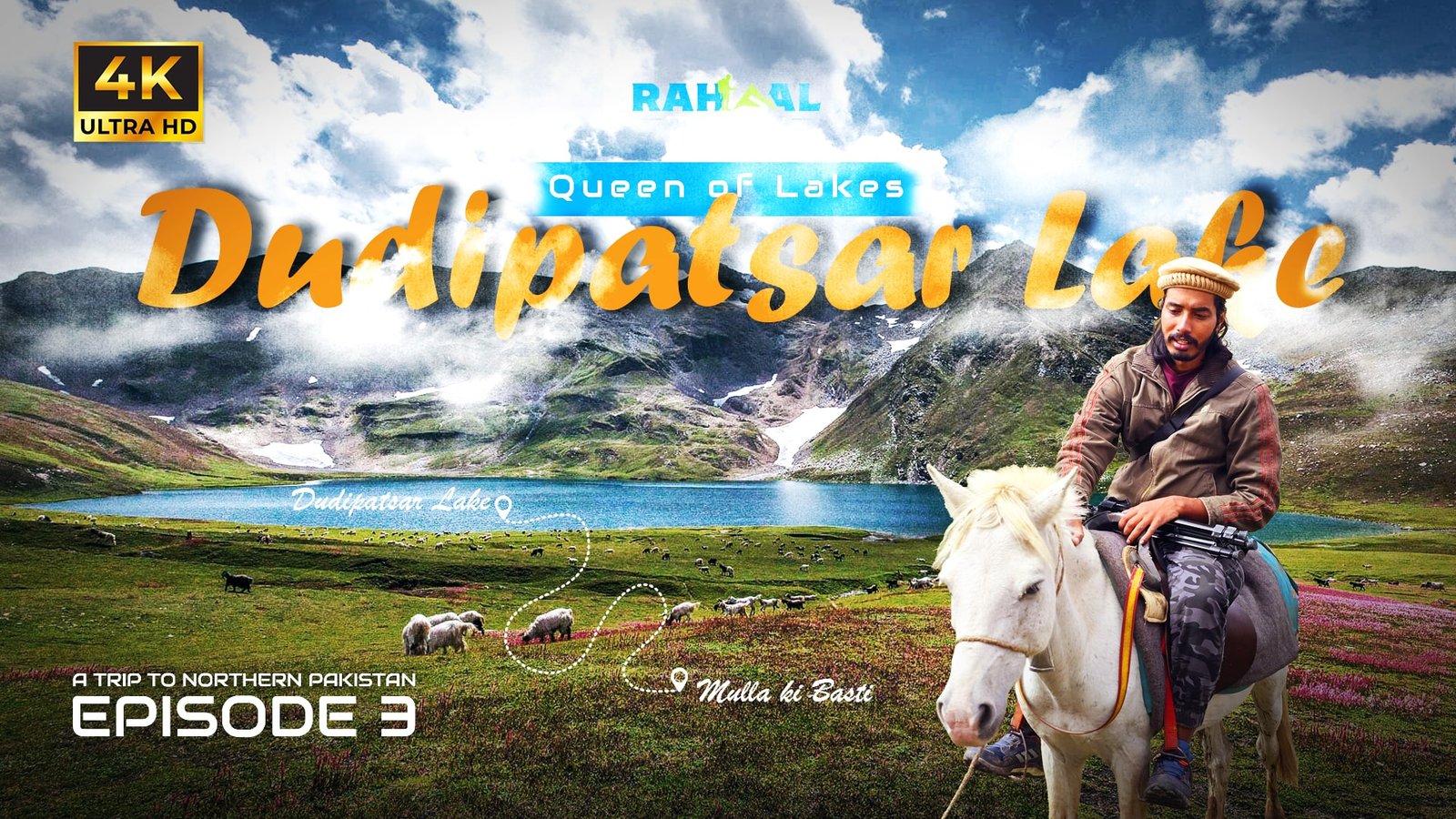Introduction
The White Cliffs of Dover are one of England’s most iconic natural landmarks, symbolizing both beauty and resilience. Rising dramatically above the English Channel, these striking chalk cliffs have welcomed travelers for centuries and played a central role in British history.
Whether you’re a history enthusiast, a nature lover, or a casual traveler searching for spectacular views, the White Cliffs should be on your bucket list. In this complete guide, we’ll explore their history, best walking routes, photography tips, travel advice, and everything you need to plan your trip.
Why Visit the White Cliffs of Dover?
The White Cliffs of Dover are not just a stunning natural wonder; they are deeply symbolic. Their white chalk faces have stood as guardians of Britain, offering breathtaking views across the English Channel to France on a clear day. Here’s why they’re a must-visit:
- Natural Beauty: Towering chalk cliffs meeting the blue waters of the Channel.
- Historic Significance: A landmark during World War II and a symbol of homecoming.
- Hiking Trails: Scenic routes with diverse wildlife and flora.
- Panoramic Views: On clear days, you can spot the French coastline.
The History of the White Cliffs of Dover
The cliffs are made of chalk formed millions of years ago from the skeletal remains of marine organisms. But beyond their geological story, the White Cliffs have become a symbol of Britain itself.
- Ancient Times: Used as a natural defense and landmark for sailors approaching England.
- Roman Era: Dover became a strategic port with lighthouses and fortifications.
- World Wars: The cliffs served as a crucial defense point during both World Wars. Dover Castle nearby became known as the “Key to England.”
- Cultural Symbolism: Immortalized in songs, literature, and poems as a beacon of hope and homecoming.
Best Things to Do at the White Cliffs of Dover
1. Walk the Clifftop Trails
The National Trust manages miles of walking trails across the cliffs. The clifftop path offers stunning views and fresh sea air. Popular walks include:
- Dover to South Foreland Lighthouse: A 4-mile walk with dramatic scenery.
- Langdon Cliffs Walk: A shorter route great for families.
2. Visit South Foreland Lighthouse
This Victorian lighthouse offers tours, history exhibits, and even a tearoom with sea views.
3. Explore Dover Castle
Often called the “Gateway to England,” Dover Castle overlooks the cliffs and provides insight into centuries of military history.
4. Spot Wildlife
The cliffs are home to rare butterflies, seabirds, and wildflowers. Birdwatchers often spot peregrine falcons and kittiwakes.
5. Enjoy Photography
From sunrise to sunset, the White Cliffs provide endless opportunities for breathtaking photos.
Best Time to Visit the White Cliffs of Dover
- Spring (March–May): Blooming wildflowers and mild weather.
- Summer (June–August): Long days and vibrant views, but also the busiest season.
- Autumn (September–November): Cooler weather, fewer crowds, golden landscapes.
- Winter (December–February): Peaceful and quiet, though trails may be slippery.
How to Get to the White Cliffs of Dover
By Train
Regular trains from London St Pancras and London Victoria reach Dover Priory in around 1 hour 15 minutes. From there, it’s a short walk or bus ride to the cliffs.
By Car
Dover is about 2 hours from London via the M20 or A2. There is parking near the visitor center.
By Ferry
If traveling from France, ferries to Dover port offer stunning first views of the cliffs as you approach.
Walking and Hiking Routes
Langdon Cliffs Trail
- Distance: 2 miles
- Highlights: Easy walk with views of Dover port and the Channel.
South Foreland Lighthouse Walk
- Distance: 4 miles round trip
- Highlights: Clifftop views, lighthouse tour, and tearoom.
Dover to Deal Coastal Walk
- Distance: 10 miles
- Highlights: Historic castles, sweeping coastal landscapes, and quiet beaches.
Travel Tips for Visiting the White Cliffs of Dover
- Wear Comfortable Shoes: Trails can be uneven and slippery, especially in winter.
- Bring Water and Snacks: There are limited facilities on the cliff paths.
- Check the Weather: Coastal weather changes quickly.
- Stay on Marked Paths: For safety and to protect the environment.
- Visit Early or Late: Sunrise and sunset offer the best light for photography.
Photography Tips for the White Cliffs of Dover
Capturing the essence of the White Cliffs of Dover requires some planning:
- Use a wide-angle lens for dramatic landscapes.
- Visit during golden hours (sunrise or sunset).
- Include landmarks like the lighthouse or ferries for scale.
- On clear days, try to capture the French coastline across the Channel.
Where to Eat Near the White Cliffs of Dover
- South Foreland Lighthouse Tea Room: Traditional English tea and cakes.
- Dover Town Cafés: Local pubs and restaurants serving hearty meals.
- Seafront Fish & Chips Shops: Perfect for a classic British treat after your walk.
Accommodation Near the White Cliffs of Dover
- Hotels in Dover: Convenient for short stays.
- Country B&Bs: Quaint options offering local charm.
- Camping & Caravan Sites: Great for nature lovers wanting to stay close to the cliffs.
FAQs About the White Cliffs of Dover
Q1: Can you see France from the White Cliffs of Dover?
Yes, on clear days you can see the French coastline, about 21 miles across the Channel.
Q2: Do you have to pay to visit the White Cliffs of Dover?
No, access to the cliffs is free, though parking at the visitor center may require a fee.
Q3: How tall are the White Cliffs of Dover?
The cliffs reach up to 350 feet (110 meters) high.
Q4: How much time do I need to explore the cliffs?
A short walk takes 1–2 hours, but allow half a day if you plan to hike to the lighthouse or visit Dover Castle.
Q5: Are the White Cliffs of Dover family-friendly?
Yes, there are easy trails suitable for children, though parents should supervise near cliff edges.
Q6: Are dogs allowed at the White Cliffs of Dover?
Yes, dogs are welcome but should be kept on leads for safety.
Q7: Why are the cliffs white?
They are made of chalk, a soft white limestone formed from ancient marine organisms.
Conclusion
The White Cliffs of Dover are more than just a natural landmark—they are a living symbol of England’s history, beauty, and resilience. From breathtaking hikes and panoramic views to historical sites and wildlife encounters, they offer something for every traveler.
Whether you’re crossing the Channel, exploring Dover Castle, or simply walking along the cliff paths, visiting the White Cliffs is an unforgettable experience.
So pack your walking shoes, your camera, and your sense of adventure—the cliffs are waiting to welcome you.


